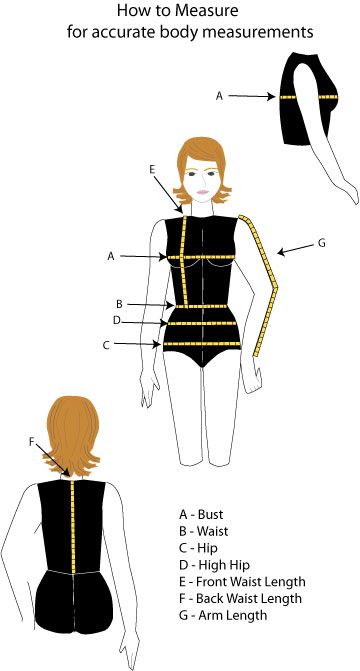The off-road industry is booming, and there’s no better time than the present to join the fun. If you want to ride along on your very own ATV (also known as a four wheeler), you’re in luck! There are now more options than ever when it comes to ATV size and power. With so many four wheelers on the market, your perfect machine is out there… somewhere. You might just need a little help finding it.
As always, SuperATV is here to lend a helping hand. Let’s talk about the different ATV sizes that are out there and find out which one is perfect for you.
Riding four wheelers is a fun, thrilling way to experience the great outdoors. But with so many different machines on the market, how can you know which size is right for you?When you’re looking at the physical stature of ATVs, you’ll quickly notice that these machines come in all different sizes. This is important for a couple of reasons. The first reason is everyone is different. A shorter individual might not be very comfortable sitting on a massive four wheeler. The same goes for a tall person on a smaller model.
The other reason to be aware of your ATV’s size involves trailering. If you plan on transporting your four wheeler, either in the bed of your truck or on a trailer, you’ll need to know the length and width of that machine to make sure it will fit.
So exactly how long and wide are ATVs, anyway? While there is quite a bit of variance, most four wheelers fall into specific size categories.
We’ll start with some general measurements. The average length of an ATV is around 83” and the average width is 47”. Most machines you come across will have measurements close to this.
But not all of them! Check out these ranges, broken down by ATV type. This should give you a better grasp of how big these machines are and what size quad might be best for you.
But when talking about ATV size, most people aren’t referring to the physical length and width of that machine.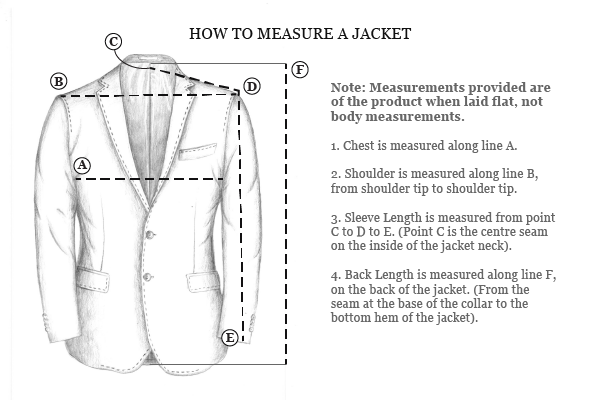 Most riders compare ATV size by their engine displacement. This number is given in cubic centimeters (cc) and refers to the volume of your engine. ATVs with bigger cylinders and pistons will have higher displacement, thus more power.
Most riders compare ATV size by their engine displacement. This number is given in cubic centimeters (cc) and refers to the volume of your engine. ATVs with bigger cylinders and pistons will have higher displacement, thus more power.
We’re not kidding when we say there’s an ATV for everyone. There are small 50cc youth ATVs, aggressive 1000cc sport ATVs, and everything in between. It’s important that the machine’s displacement match the experience level of the rider. Jumping on something too fast and powerful can be dangerous.
ATVs come in all sizes and displacements. You’ll find everything from smaller youth models, like this Polaris Outlaw, to fast and aggressive 1000cc machines.Even though four wheelers are typically categorized by engine displacement, four wheeler size can also refer to actual physical measurements. Youth ATVs are obviously smaller and lighter, and adult ATVs are available in mid-size and full-size versions.
Some factors to consider when deciding which size ATV is right for you include your age, height, and weight.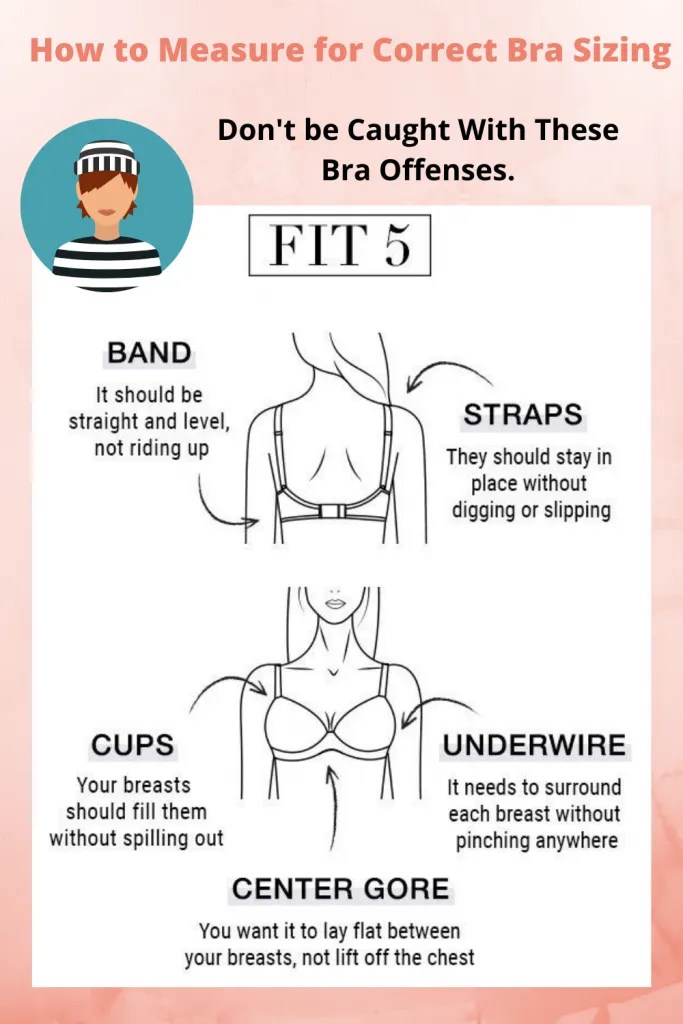 You’ll be spending a lot of time on this machine, so you want to be comfortable and not too cramped. For adults up to 5’10”, a smaller ATV (around 400cc) should be a good fit, unless you have a specific reason for needing something more powerful. And for taller riders, we recommend looking at 500cc machines and higher.
You’ll be spending a lot of time on this machine, so you want to be comfortable and not too cramped. For adults up to 5’10”, a smaller ATV (around 400cc) should be a good fit, unless you have a specific reason for needing something more powerful. And for taller riders, we recommend looking at 500cc machines and higher.
The most crucial thing to consider when choosing your ATV size is your experience level. Like we mentioned earlier, it would be super dangerous to hop on a 1000cc four wheeler on your first rodeo.
These are by no means official safety guidelines, but here are some loose recommendations:
For most adult riders, something in the 500-700cc range will offer more than enough power to tear up the trails and have a good time.
A 1000cc engine might sound exciting, but unless you’re a professional racer or someone who regularly takes on difficult off-road challenges, you probably don’t need a big four wheeler with that much power.
Choosing a four wheeler that suits your physical stature and off-road experience level is the first step to staying safe on the trails.In addition to your physical size and experience level, another thing to consider when choosing an ATV size is what you’ll be using it for.
Most off-road vehicles fall into one of three categories: sport, utility, or somewhere in between.
Sport ATVs are built for fun. These machines are designed with performance in mind, so they’re usually on the lighter side and offer more power and better handling. In terms of looks, sport ATVs tend to have a more aggressive appearance. They’re great for jumping, racing, and cornering.
Utility ATVs are made for working hard.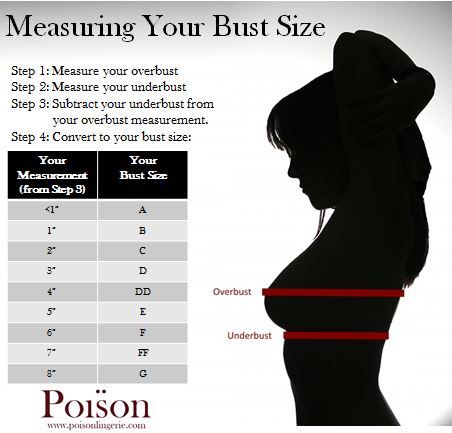 They’re usually heavier with a higher towing capacity. Their ability to pull trailers, push plow blades, and haul heavy loads make them popular on farms and jobsites.
They’re usually heavier with a higher towing capacity. Their ability to pull trailers, push plow blades, and haul heavy loads make them popular on farms and jobsites.
And then you have the “in between-ers”: sport-utility ATVs. This category is arguably the most popular because these machines are equipped to do it all. You can use it for towing or landscaping during the day and then take it out for an evening joyride when you’re ready to unwind.
If your main reason for buying a four wheeler is to have fun, a mid-size ATV might be the perfect fit. You’ll have enough power to tear up the trails and haul your hunting or fishing gear if need be.
But if you want something that can put in some work—think landscaping, farming, or snow removal—or dominate some serious trail challenges, a large ATV would be more helpful.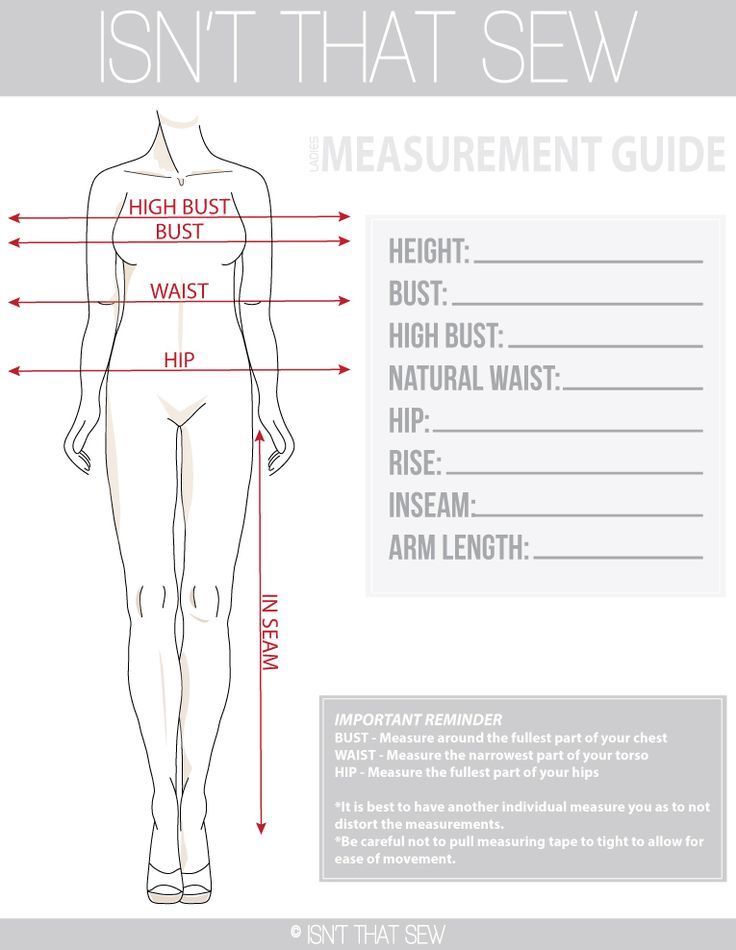
It’s not all about ATV size. There are a host of other features and accessories to consider when finding the perfect machine to suit your needs.
Here are some other decisions you may have to make when shopping for a new (to you) ATV:
If there are specific features you’re looking for in an ATV, you always have the option of adding aftermarket parts and accessories to meet your needs:
Deciding which parts and accessories to invest in can be overwhelming.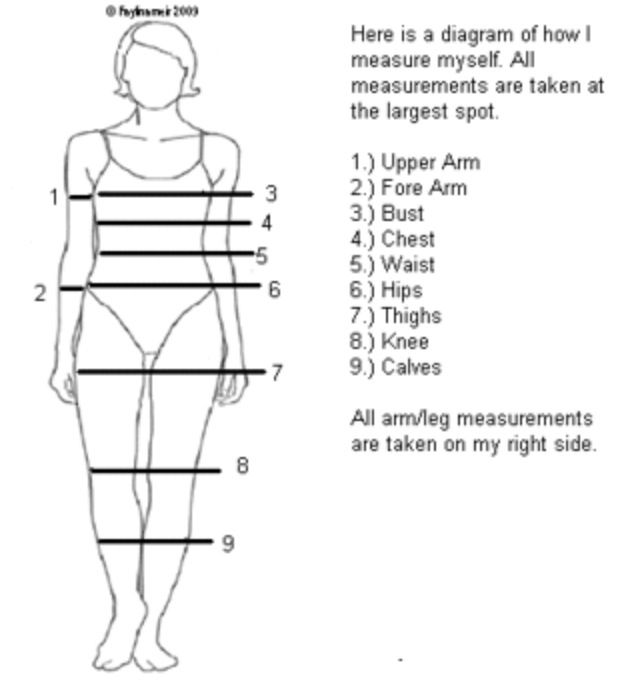 To get you started, we’ve put together a list of ATV upgrades that will make your quad better.
To get you started, we’ve put together a list of ATV upgrades that will make your quad better.
The answer to the question “What size ATV do I need?” isn’t as cut and dry as you might think. Whether you’re looking at engine size or physical measurements, there are several factors to consider when making a decision.
Hopefully this helped steer you in the right direction! If you’re still undecided about what kind of vehicle to buy, check out our ATV vs. UTV breakdown. Once you’ve made your pick, all that’s left to do is buy that machine and hit the trails.
Your quad is a do-anything machine. ATV’s are great for getting things done and for recreation too. But now you’re looking at your tires. Maybe you’ve blown one or they’re getting bald. Or maybe you just want a more aggressive tread pattern and a bigger tire. The problem is you’re a little lost when it comes to your ATV tire size.
Or maybe you just want a more aggressive tread pattern and a bigger tire. The problem is you’re a little lost when it comes to your ATV tire size.
How big can you go? Should you go big? How do you even know what all these numbers represent?
Don’t worry, we’ve got you covered. We’ll answer all those answers and more in this comprehensive guide.
How Do You Read ATV Tire Sizes?So, you’re shopping around for tires and you see one listed with a size like 26×10-12. Or, worse yet, you find something listed like 206/80R12.
What the heck does all that mean?
First, you need to figure out if you’re dealing with standard or metric ATV tire sizes.
ATV Tire Sizes: Standard Tire Sizing ChartStandard format is much more common on ATV tires than metric. You might see a tire size written 26×10-12 or, occasionally, 26x10x12. This format is pretty straightforward. It uses three numbers to sum up the size:
If you see a tire size that looks like this: 205/80R12, you know you’re dealing with metric.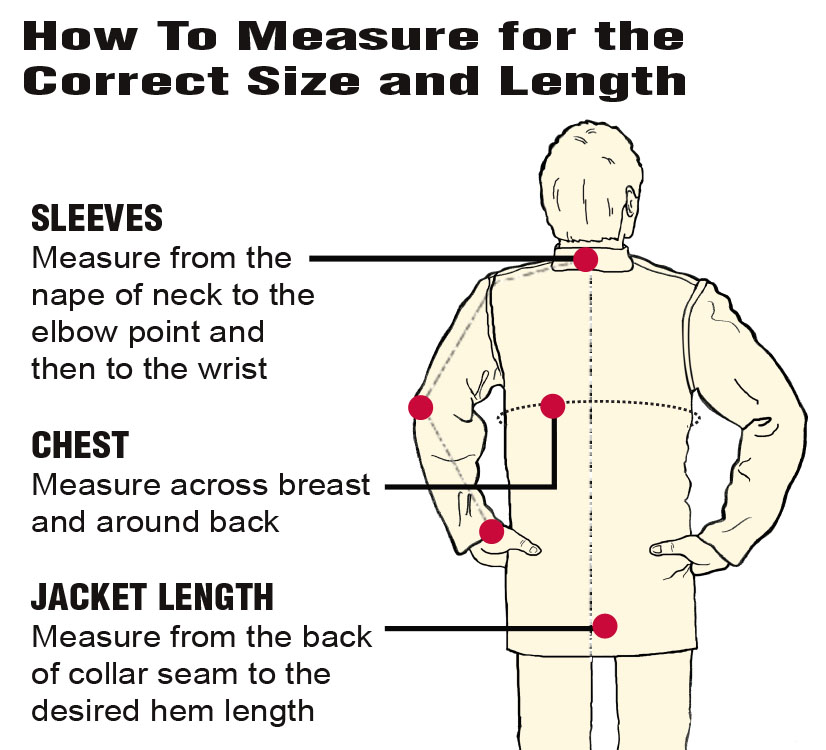 The metric format is exceedingly rare for ATVs and odds are you’ll never come across it. But if you do, the letter thrown in the middle of those numbers is a dead giveaway. In metric, you always have three numbers and a letter:
The metric format is exceedingly rare for ATVs and odds are you’ll never come across it. But if you do, the letter thrown in the middle of those numbers is a dead giveaway. In metric, you always have three numbers and a letter:
There may be other numbers and letters before and after these, but they’re not important for understanding your ATV tire size.
Breaking Down ATV Tire Sizes by the NumbersKnowing how to read those tire sizes is just the first step. You really need to know how to use them. Is 26 inches a reasonable diameter for your quad? What kind of width do you need?
When you’re considering replacing all of your tires, you’ll want to make sure you get something that will actually fit on your stock vehicle.
Your typical ATV tire diameter fits within a range of about 20 inches for the smallest machines to about 30 inches for your more factory mud-equipped machines.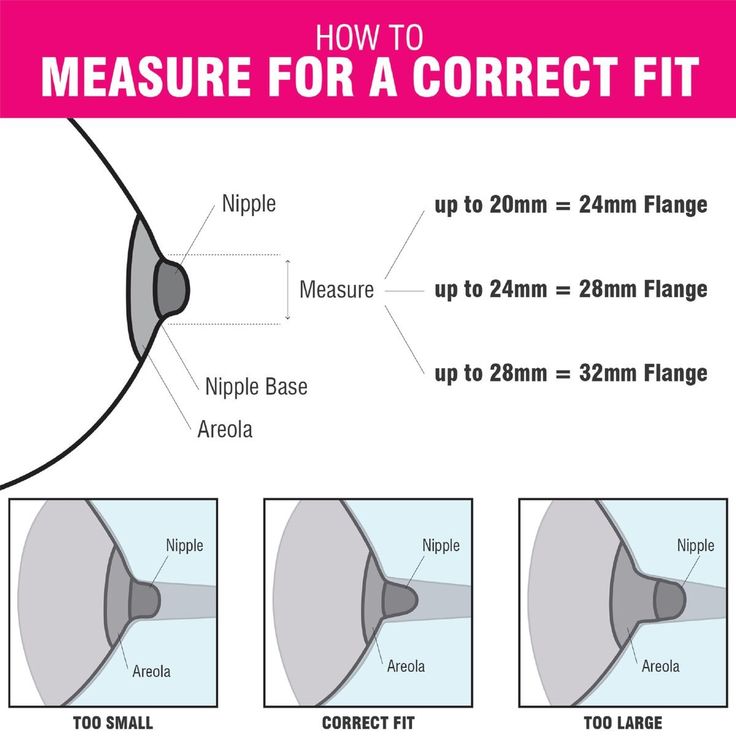
Basically, your quad will typically fit into one of few categories:
Keep in mind that you’ll want to keep within a couple inches of your stock tire size. If you go too big, you’ll start to rub on your fenders (among other issues). If you go small—well, that’s just silly.
Tire width is easier to understand. Choosing the right tire width has a lot to do with your own preferences and riding style.
A wider tire tends to give you a flatter tread pattern and more grip. A narrow tire gives you a little more control.
ATV’s usually have a wider tire on the rear than on the front to get the best of both tires. A typical rear tire on a quad will be 10 to 11 inches wide while a front tire will be 7 to 8 inches wide.
But matching your tire width to your riding style isn’t the only thing you need to consider. You also need to make sure it’ll physically fit on your chosen wheel. There are two main ways to make sure it’ll fit.
You also need to make sure it’ll physically fit on your chosen wheel. There are two main ways to make sure it’ll fit.
This one is non-negotiable. You have to make sure your tire’s wheel diameter matches your actual wheel diameter.
Most off-road wheels tend to be 10 to 12 inches in diameter—which is convenient considering most off-road tires are designed to fit those wheels. That’s a good size as it gives your tire plenty of cushion between the tread and rim, which results in smoother rides and more protection for your rims.
Of course, you can end up with bigger wheels if you have bigger tires, but we’re getting ahead of ourselves.
Choosing the Right Size Tires for Your ATVYou don’t need any old tire. You have to choose the perfect ATV tire size for you. After all, you ride your own way and have your own needs.
We’re going to simplify ride style to three main types:
For a workhorse ATV, it’s not a bad idea to stick with stock. It’ll give you the expected traction and power you need.
Trail riding, like dune riding, means you want to go fast. For that, a wider, flatter tire will keep you gripping and in control. If you ride in the mud, you might want to go with something bigger and narrower along with an aggressive tread pattern.Trails and dunes demand high traction, and you get that by going wider. You don’t necessarily need a taller tire, but a wider one will give you the grip you need.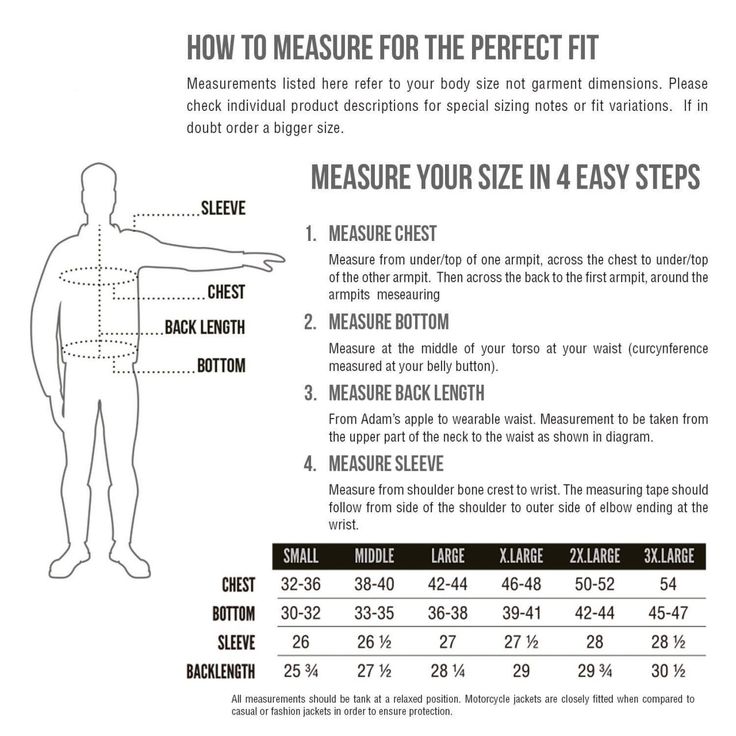
Dominating rock gardens and taking on bounty holes is done best with a big tire. But going big isn’t as simple as just buying the biggest tire you see.
Can I Put Bigger Tires on My ATV?The short answer is yes.
Here comes the long answer.
Every ATV has a theoretical maximum tire size it can fit without modifying the suspension. It’s typically about one to two inches bigger than your stock tires. So if your ATV came with a 27-inch tire, you could probably fit a 29-inch tire without too much trouble.
But what if you want to go bigger?
That takes some work. You’ll either need to invest in a lift kit or some offset A-arms. These types of kits will often tell you what the max tire size is when you have them installed.
You can’t go big without some consequences though. Namely, you’ll lose torque due to the increased diameter (big tires like a high-gear kit!) and the extra weight. The weight can also put extra strain on your clutch and shorten the life of your clutch belt.
Luckily, you can get your torque back with a transmission gear reduction or GDP Portal Gear Lift (which has a gear reduction built in).
You can also bolster your clutch with heavy-duty drive belts and eek out even more torque with a clutch kit.
So now that you’re equipped with knowledge, go equip yourself with some tires. Get the ATV tire size you want, and ride with confidence.
RELATED CONTENT: ATVs38 tires15
Share
10
05/17/2018
The numbers written on the side of the rubber tire can tell the owner of the ATV everything that interests him. And if you are for some If you don't know what these mysterious numbers mean, then you can be mistaken when choosing the next set of tires. But tires directly determine whether it will go technique further or not. So, in this article you will close all the questions on about the decoding of size ATV tire .
So, in this article you will close all the questions on about the decoding of size ATV tire .
All tires have their own basic parameters - this is the width, height and diameter. The value of these parameters is mainly measured in inches. Exists two units:
1) If you have ATV, then this is for you. English version is the most common number system that is used when determination of tire dimensions on ATVs. All measurements here are in inches. (1 inch equals 2.54 cm). For example, the size indicated in English classification looks like this - 25x8x12 . Let's take a closer look at the meaning of each digit:
- The first digit 25 shows the height of the tire in inches;
- The second digit 8 indicates the width of the tire in inches;
- The last, third digit 12 indicates the diameter of the wheel disk, it is also measured in inches. Disc diameter on each ATV can be different.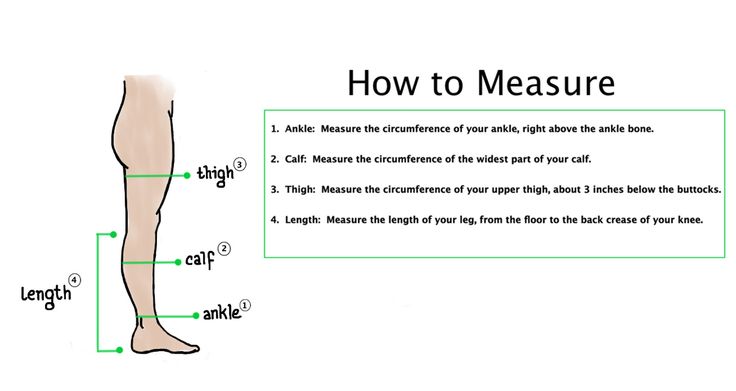 Therefore, be careful before you buy tires for ATV, see what regular disks are installed on your vehicle.
Therefore, be careful before you buy tires for ATV, see what regular disks are installed on your vehicle.
And a very important point worth noting. Often our customers ask themselves: “If I have a tire size of 20x10x10, can I put instead of them 20x11x10? The answer is yes. First, you can put rubber on regular wheels with a size exceeding 1 inch in height and width. Secondly, if you want tires even wider, then for this you will need to buy other disks. But again, there are limitations. On discs of other diameters, you can install rubber, the largest is only 2 inches in height and width.
These two rules must be strictly observed, otherwise, if you try to put tires of an unacceptably large size, this may adversely affect on a quad bike. After all, the rubber will be larger and, accordingly, heavier, which does not fit the technical parameters of the ATV. In production ATVs take into account all the characteristics, so manufacturers of ATV equipment I don't recommend using larger tires at all.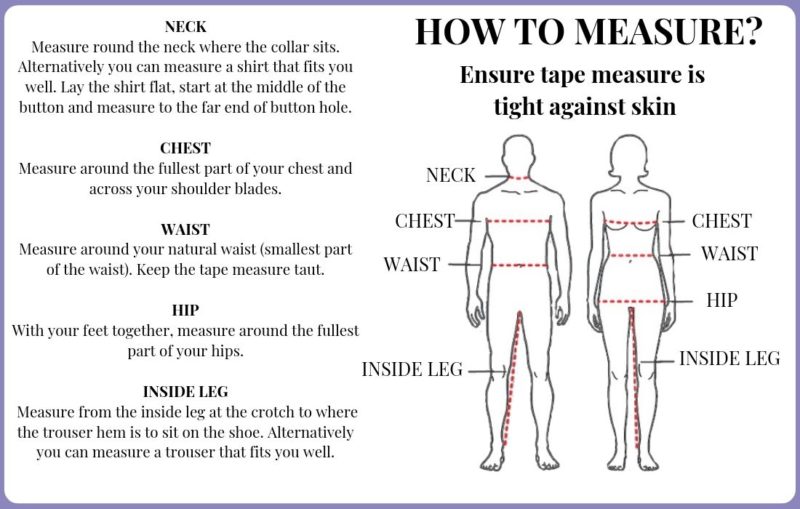 But if you do decided to increase the size of tires, call our toll-free number, we we will help.
But if you do decided to increase the size of tires, call our toll-free number, we we will help.
2) Also there is another version - metric . Here the dimensions are indicated in percentage and millimeters. For example, size specified according to the metric classification - 205/80 Rx12 . Such designations are usually used on automobile tires. Let's see what's what:
- The first digit of 205 shows the total tire width in millimeters. Converting this value to inches, we will just get the number 8 (in the English version is 8 inches wide).
- The second digit 80 indicates the ratio of the height of the tire to its width, measured as a percentage. After doing some mathematical manipulations, we get the number 25 (in the English version, the height is equal to 25 inches).
- The number 12, as in the English version, shows the size disk in inches.
- Well, the letter R means that our tire is radial.
The most important thing to remember from the article is that it is not recommended to install tires of huge sizes that do not correspond to the parameters your ATV .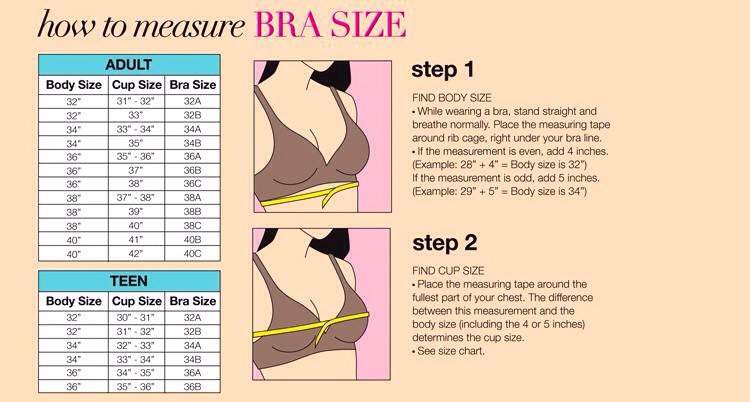 If you want to change the tires on your vehicle, give us a call. we will help.
If you want to change the tires on your vehicle, give us a call. we will help.
Tire pressure affects the flotation, stability, handling and smoothness of the ATV. Therefore, it is important to adhere to the optimal parameters, which depend on the type of coating and load. What pressure is recommended for CFMOTO ATVs - we will tell in the article.
CFMOTO indicates the recommended pressure in kilopascals (kPa). 1 kPa equals 0.0098 atmospheres (atm) or 0.145 pounds-force per square inch (psi). It is important not to confuse these units of measurement when inflating tires.
The recommended tire pressure for CFMOTO ATV is indicated in the instruction manual and on the vehicle itself in the area of the left rear fender.
Tires are marked with the maximum pressure they can withstand.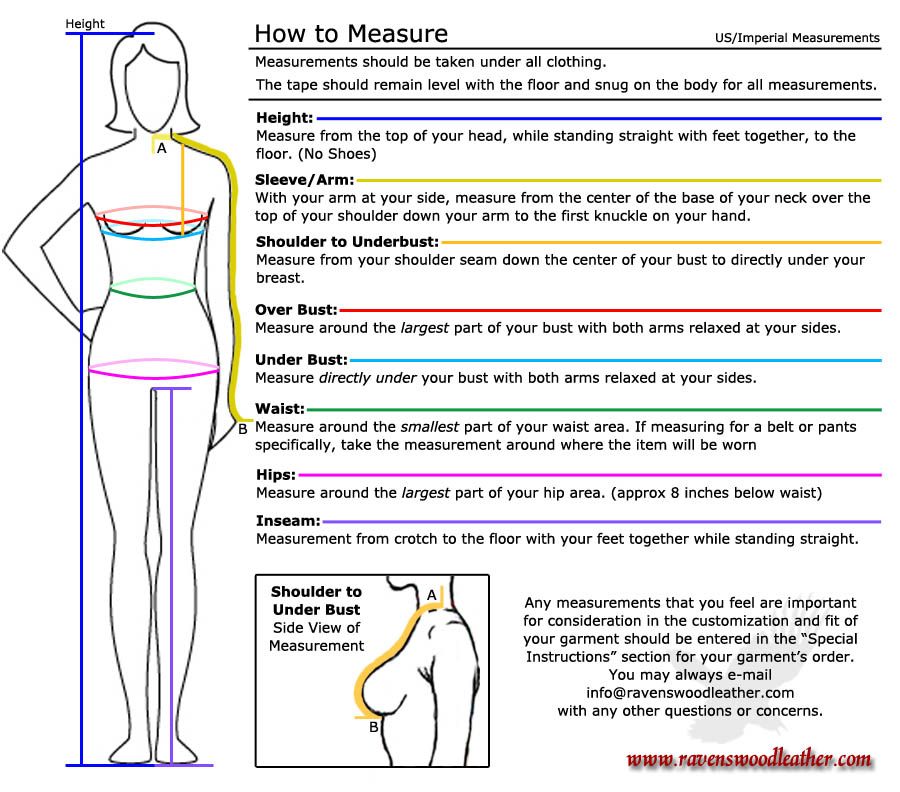
Low tire pressure improves off-road capability, allowing the ATV to sink less in mud, swamp, snow or sand. This is due to the fact that the contact patch of the tire with the surface increases, and the specific pressure on the ground decreases. In addition, poorly inflated tires are less “blurred” with dirt, more easily leave the rut and roll over obstacles such as trees, stumps or large stones lying on the road.
Most CFMOTO ATVs are equipped with ANCLA tires, the normal tire pressure according to the manufacturer is 45 kPa. This is sufficient for off-road routes. A reasonable lower limit is up to 35 kPa. It is possible to bleed even more air only if there are beadlocks - devices that securely press the tire to the side of the disk.
All-terrain vehicle tires with a car fit must have a higher pressure - from 70 kPa, the exact parameters depend on the model.
If the pressure is too low:
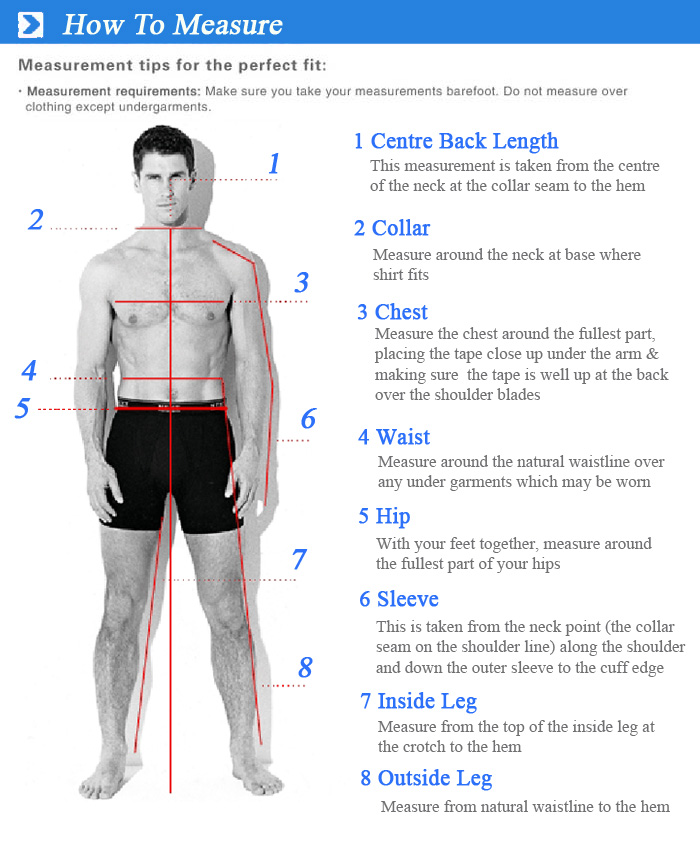
It is best to inflate your tires before long trips on asphalt or other hard surfaces. This will increase stability and control in corners and on a straight line - due to less deformation of the rubber. In addition, the tread will not wear out as much.
You should also increase the pressure when transporting a heavy load and a passenger.
Optimum tire pressure for a CFMOTO ATV with a motorcycle seat when driving on asphalt is 70-90 kPa.
If the pressure is too high:
It is advisable to do this before each ride - when the tire is cold. You will need a low pressure gauge to check. When using a conventional car, there will be a large error.